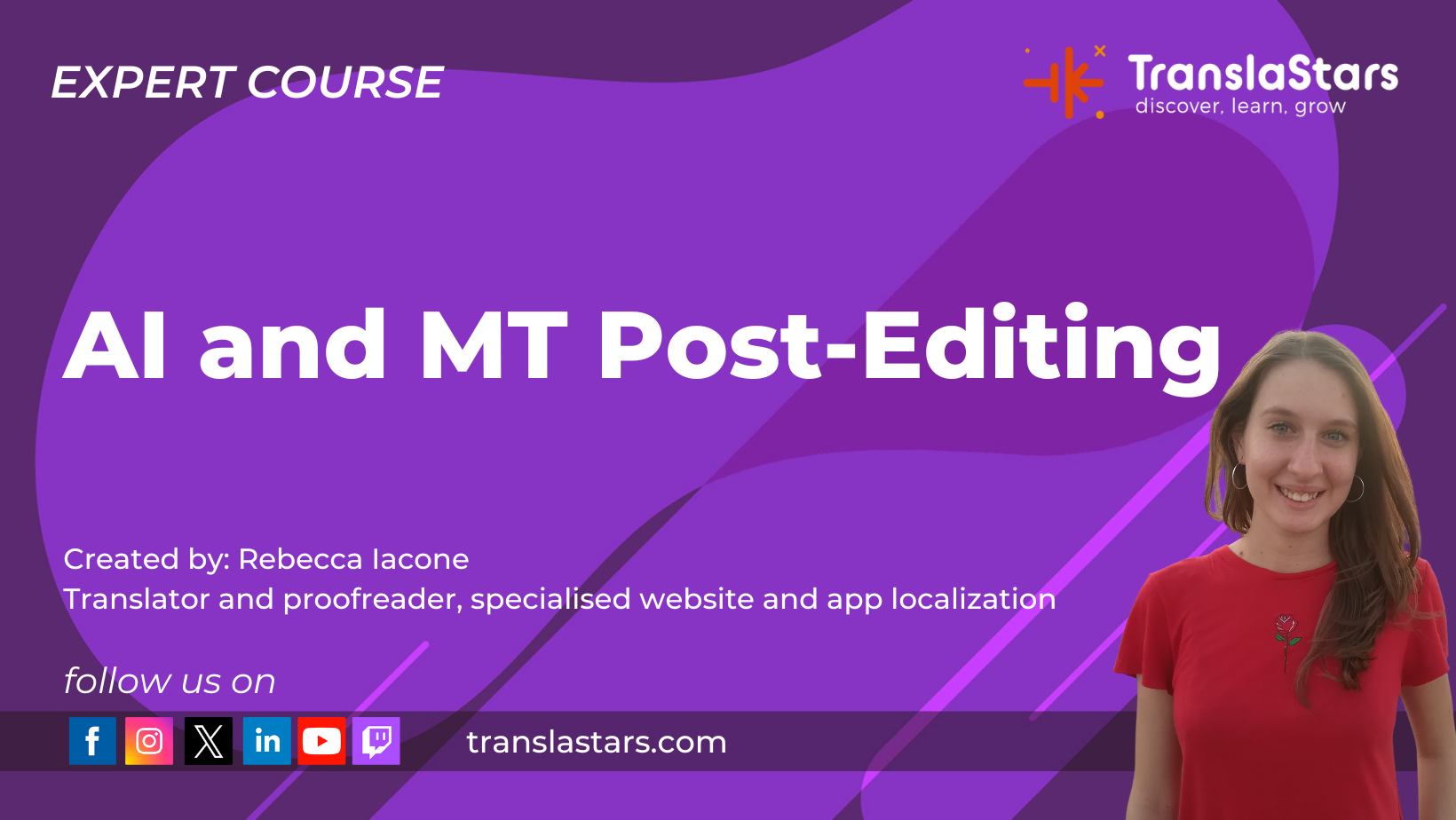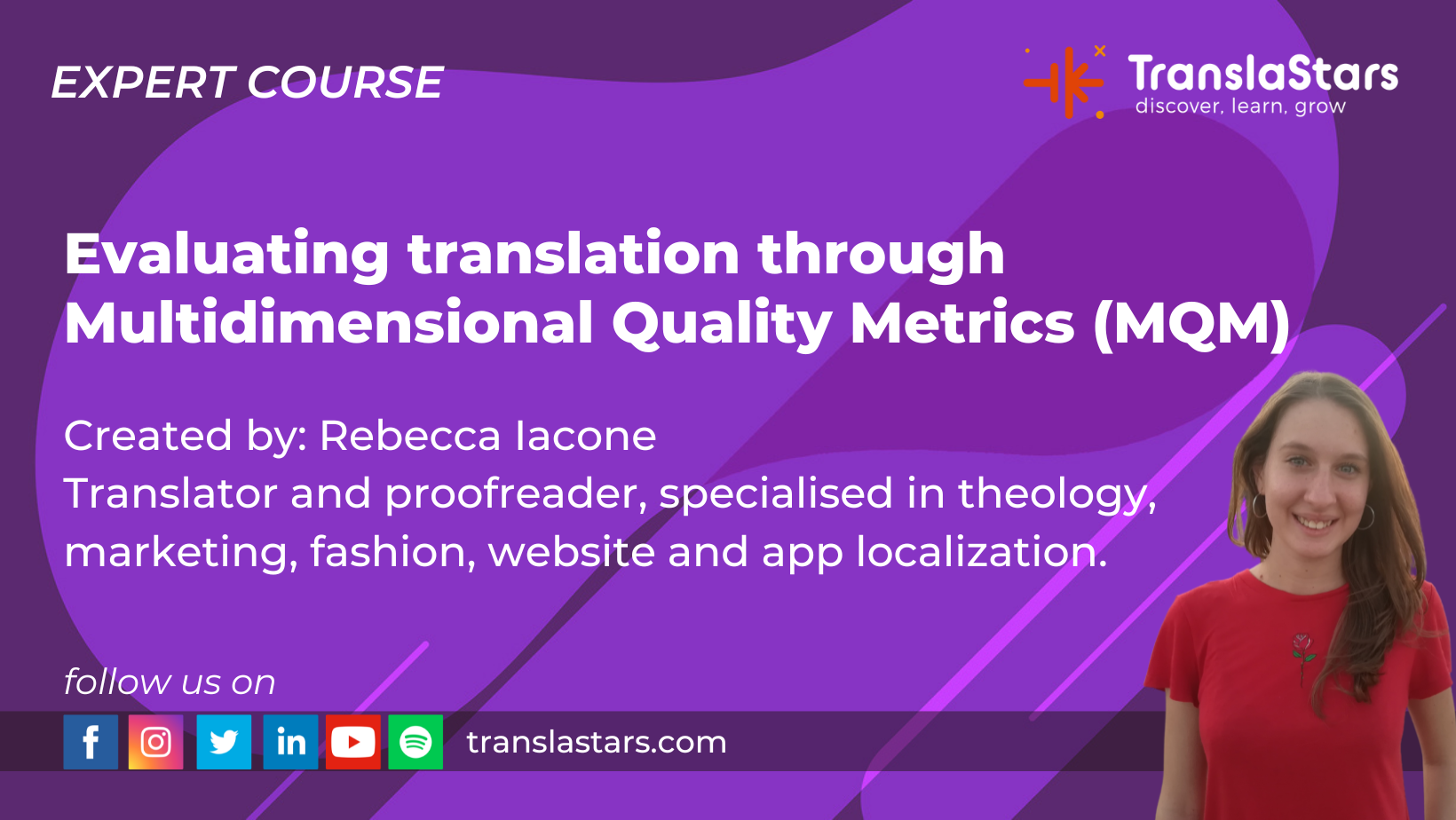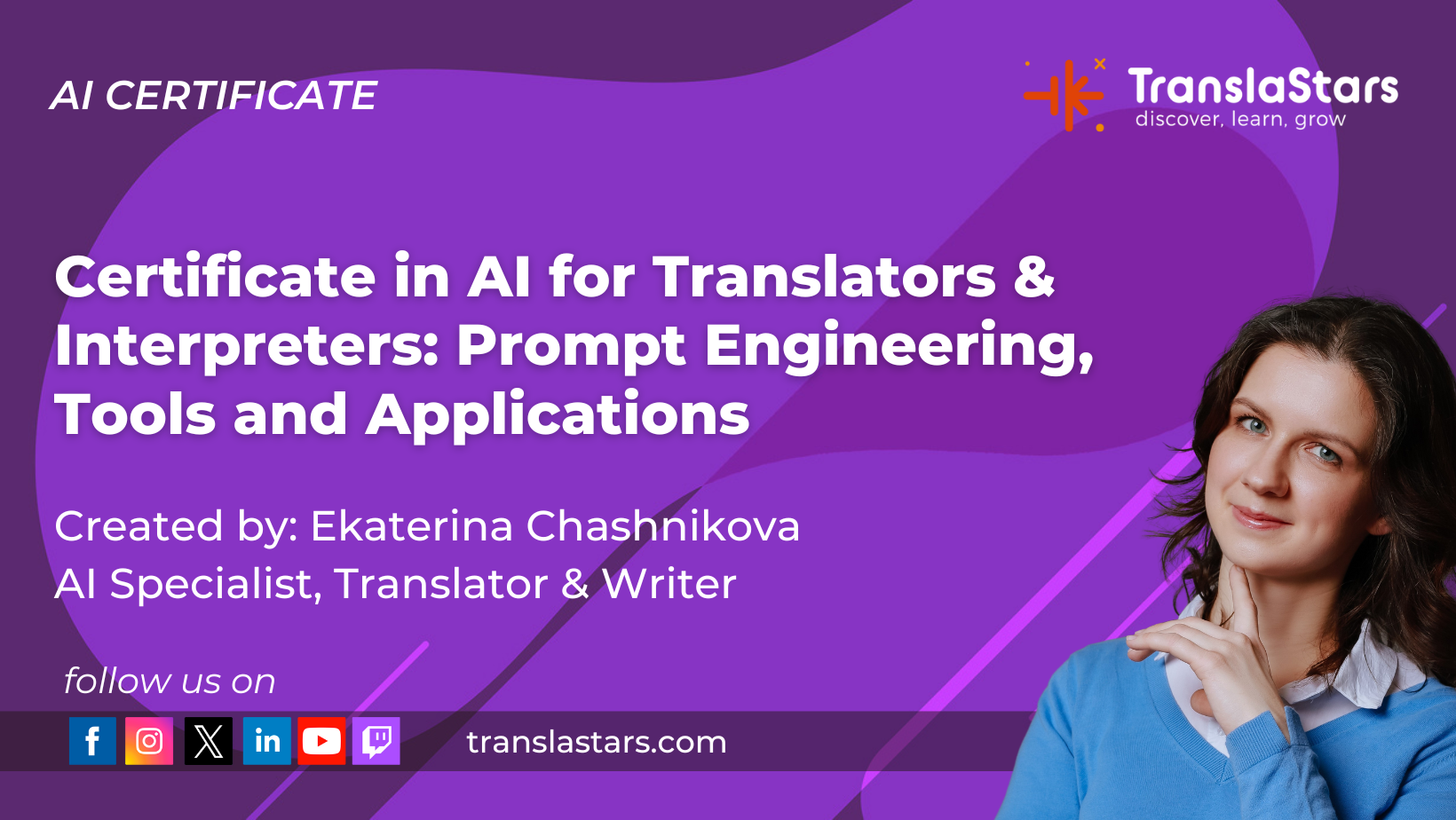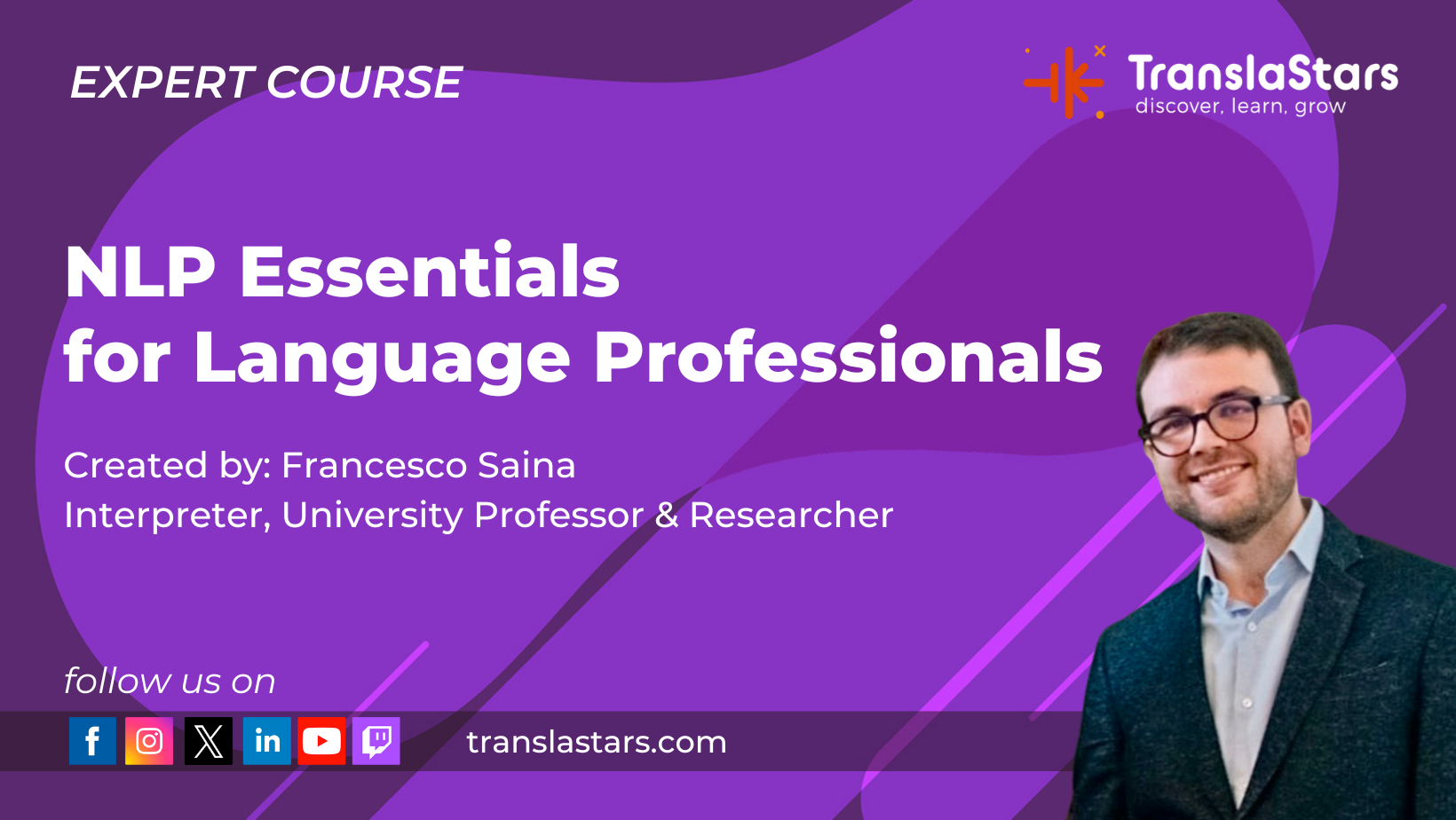However, we all know that both MT and LLMs have issues that only a thorough human intervention can fix: lack of context understanding, cultural nuances and adaptation, mistranslations, awkward phrasing, and more.
Here’s why post-editing is still so relevant if we want to take advantage of automation while maintaining high-quality standards. Let’s start from the definition of post-editing.
What is Post-Editing?
In light post-editing, we focus on errors. All we have to do is correct mistakes that negatively influence the comprehension of the text by the reader, rewrite sentences with no clear meaning, eliminate extra text portions that the MT engine might have added, and verify that the text has been entirely translated.
In full post-editing, the focus is wider. We fix critical mistakes, but we also make sure that the text sounds fluent and natural, so we fix style and preferential issues.
Now let’s explore 10 best practices that all linguists should follow to make sure they offer high-quality post-editing services.
1. Study the machine
You must know your tool before you use it. In order to detect common machine
translation mistakes, we need to know how these models work.
The dominant
approach in machine translation today is neural MT, which uses an artificial
neural network based on a huge amount of data to predict the likelihood of a
sequence of words, modelling entire sentences in a single integrated model.
If
the data is correctly processed, this approach usually produces fluent
translation output because it learns about the relationship between words and
sentences in different languages.
Large Language Models (LLMs), thanks to which
AI engines can communicate with users and accommodate their requests, are also
based on a neural approach that uses a huge set of data to train the machine
until it understands natural language and is able to answer according to its
rules. Machine translation is entirely based on our own linguistic habits!

2. Be aware of common mistakes
If you know the most common machine translation mistakes, you will
post-edit faster.
Moreover, you will be able to educate your clients about the advantages and issues of automated translation so that they will decide if
post-editing is the right choice for their content.
The most common machine
translation output issues include literal translation, ignorance of spelling
mistakes in the source text, non-translated acronyms, and lack of awareness of
cultural nuances.
3. Read the source first
If the source text is not too long, always read it before getting to the
translation, so that you know the addressed topics, the tone of voice, the
purpose, the target, and all the information you need.
If it’s too long to be
read all at once, divide it into sections and proceed by reading and editing one
section at a time.
4. Detect frequent mistakes in the target text
This will also be useful when you will report to the client. While quality and accuracy standards depend on client’s preferences, we have steady criteria that help us evaluate translation quality, such as the Multidimensional Quality Metrics scheme.
If you want to know more about this method, check out our course "Evaluating translation through Multidimensional Quality Metrics".

5. Keep instructions in mind while post-editing
When I started working as a post-editor, I used to work according to my
preferences, which always meant overdoing: I fixed what didn’t need to be fixed
just because I didn’t like the phrasing, which made me waste much time for
tasks I wasn’t paid for.
I know the temptation to fix everything is strong (for
a grammar nazi such as myself, it is), but keep in mind what the client asked
you to do and stick to those instructions. If they want a light post-editing,
don’t waste time correcting every single word.
If you spot things that could be
improved, but that don’t affect the meaning of the text, feel free to write an
example down and show it to the client. They may eventually opt for a full
post-editing for the next task.
6. Don't lose your human touch
This might sound obvious, but it’s not. We are dealing with a huge
quantity of AI-produced content, both visual and written, and we’re getting
used to poor quality.
The problem with AI is not that it’s as good as human
translators (because it’s not): it’s that we, including language services
buyers, are starting to accept its mistakes as long as we can understand what
we read.
This leads me to continuously wondering: “Does this sound right in
Italian?” when I work, because I read tons of machine-produced content every
day, and sometimes right and wrong are not so easy to distinguish. Post-editing
is what makes machine translation useful: if the tools are fast, but the output
is awful, there is no point in using them.
Post-editing is (and always will be)
a human task: it’s easy to forget how humans write in these challenging times,
even for linguists!
Don’t forget to train your writing skills in your target language: read
human-written blogs, posts, books.
When you feel like you’ve been exposed to
AI-produced content for too long, get away and go back to human writing.

7. Let the text rest
Golden rule of proofreading in general: your brain gets used to the text
you wrote or translated, so it won’t notice obvious mistakes.
Finish the job at
least two days before the deadline and use one day (or more, depending on the
text’s length) to let your brain forget it so that you will notice all mistakes
when you get back to it before delivery.
8. Don't stay behind
As I stated at the beginning, our industry is rapidly changing because
technologies are rapidly changing. We were still dealing with the consequences
of the spread of machine translation when AI took in and made us question
everything we knew. We cannot ignore the daily updates and technological
progress if we want to stay competitive and see our businesses grow.
Take some
time to study the tool and try to use it in your workflow: what can (and can’t)
it do? How can you use it to save some time instead of just wasting it
correcting its mistakes? How many AI tools are there and what are their
strengths and weaknesses? Have you tried AI functions integrated into your CAT
tool?
As professionals, one of our duties is to guide our clients to make wise
choices in terms of how they communicate their product’s value on an
international scale, but we can’t help them if we’re not informed about the
state of the technology we use.
We can’t complain about Artificial Intelligence
if we’re not capable of explaining to our clients why it can’t be their only
go-to solution for translation tasks.
9. Be aware of ethical issues
The use of AI in all creative fields gives space to long debates. We
sign contracts and NDAs to protect ourselves and our clients from non-ethical
behaviour, like plagiarism, content manipulation, unfair competition,
non-consensual spread of information.
Data security is a fundamental ethical issue
in this context. Machine translation tools and Large Language Models are
trained on our own data spread across the net, and the companies managing them
often have a different concern towards our data and confidential information…
because they need it.
Blindly feeding AI with our input to see the magic it can
do may seem fun, but it’s very risky for our privacy and our work. AI can be a
very useful instrument in the right hands, but it can be dangerous in the hands
of a bad informed manager who just wants fast and cheap results without caring
about the consequences.
We have the power to stand for our rights (and the
client’s rights, even when they don’t realize it), which brings me to the next
and last point.

10. Don't accept everything that comes your way
I know the feeling. You swore you wouldn’t work on any MTPE project to
guard your values. Or maybe you set boundaries and decided to only accept
projects that meet your requirements. As long as work comes in, you respect
those boundaries.
But nobody escapes the feast and famine cycle. Maybe a client
has decided to switch to fully rely on AI, a project gets cancelled, rates get
lower. Your workflow is not steady anymore. An email gets into your inbox: a
subtitling MTPE project for less than $ 10 a minute.
We all say that we would
never accept a task like this, but in times of lack of work, we’re tempted to
accept everything that pops into our inbox. Post-editing is a crucial service
for LSPs and freelancers nowadays, but it’s not a magic wand.
Some projects are
simply not fit for MTPE and will make us double our work for half the rate
while we try to take an acceptable outcome out of a low-quality machine
translation output.
Yes, maybe you’ll get some money in a quiet time, but
you’ll also get headaches, guilt, frustration, less time to dedicate to
yourself and your professional development.
Conclusion
Don’t underestimate the power of post-editing for your business.
I’ve
offered post-editing services since I started working as a freelance
translator, and although I’ve made mistakes, it’s been fascinating to witness
technological progress in the language industry while contributing to the
internationalization of valuable content with my expertise, the fruit of my studies
and experience, which no machine will ever guarantee.
- Harnessing AI in Localization: Opportunities and Challenges
- What is NLP and Why Language Professionals Should Know About It





